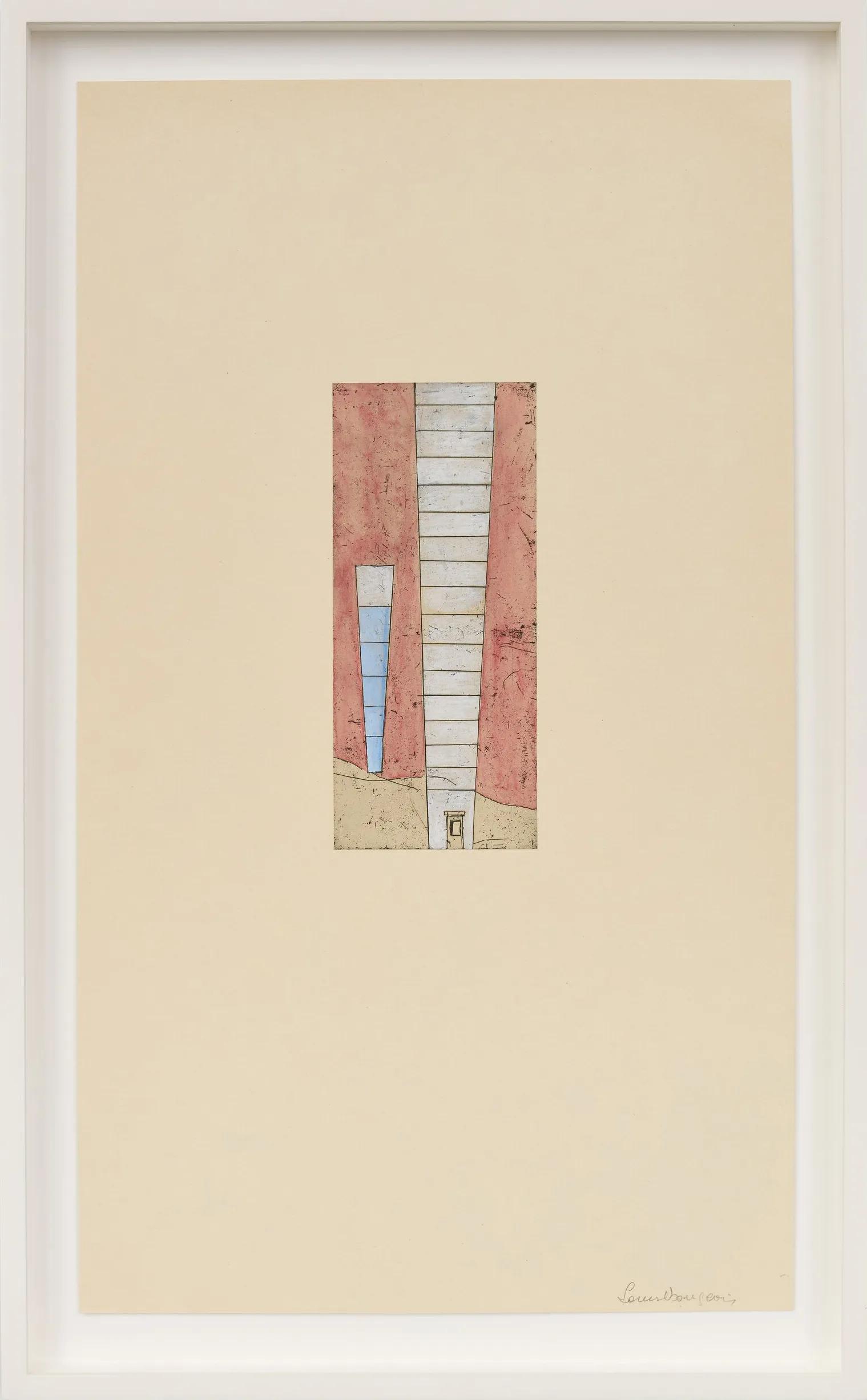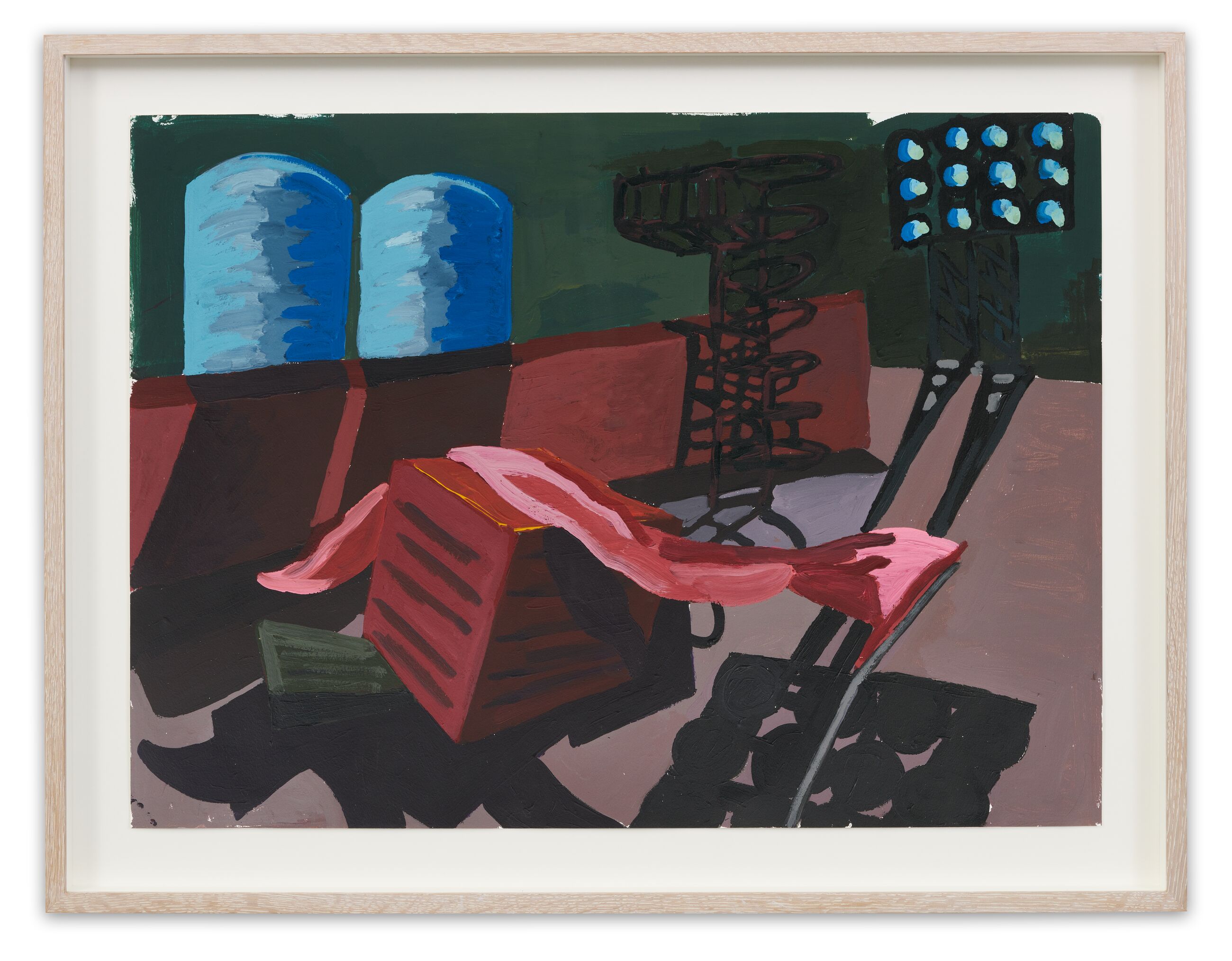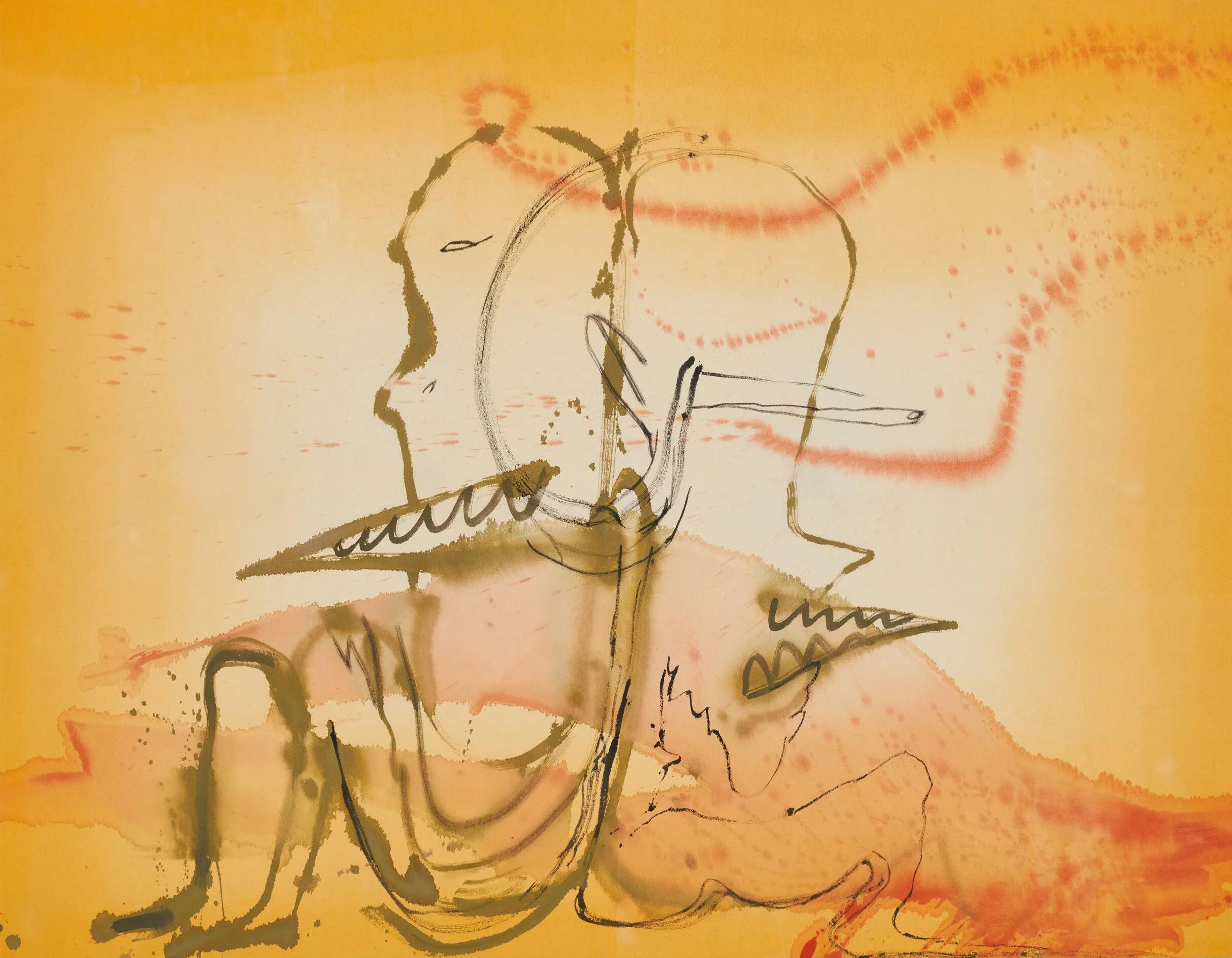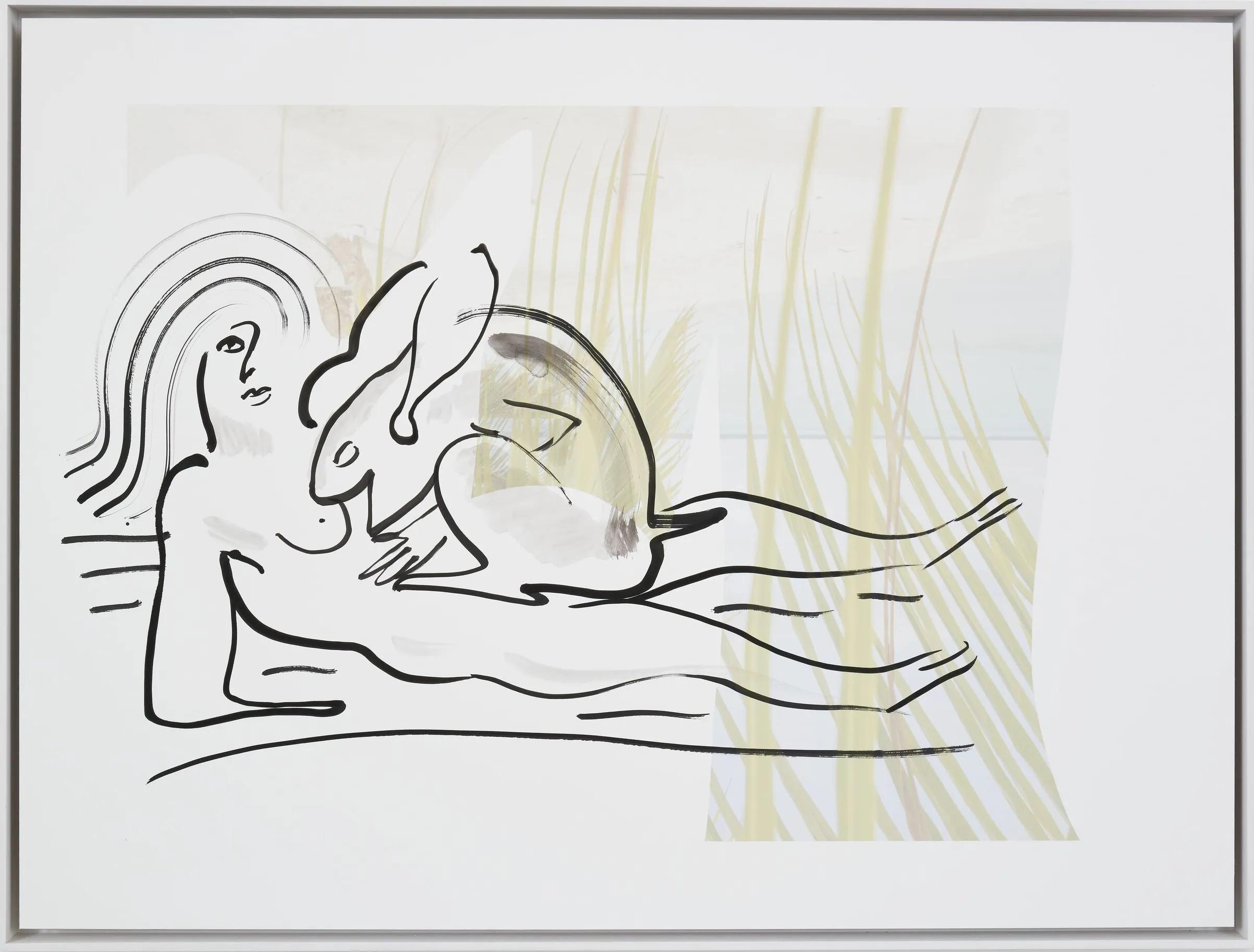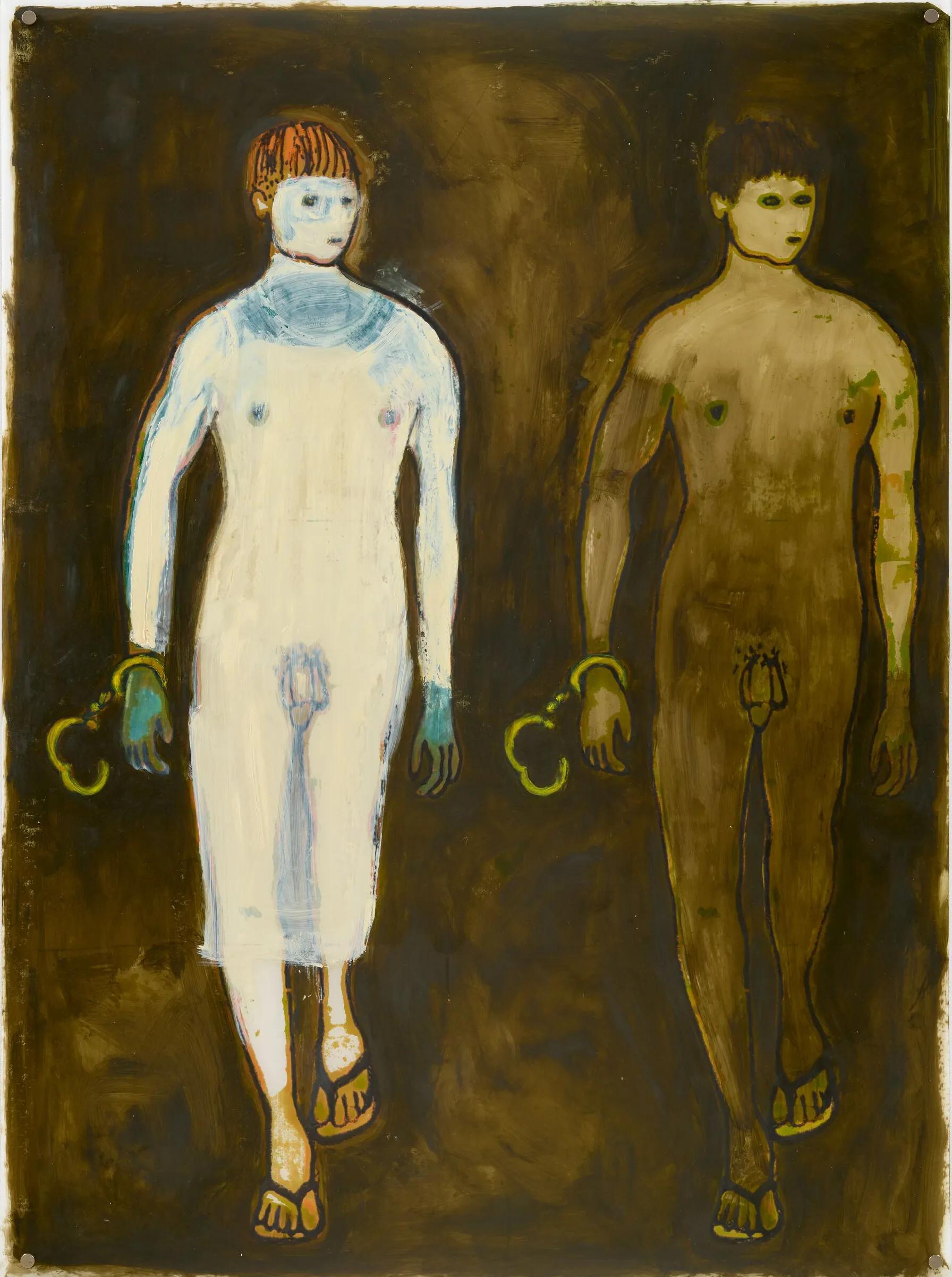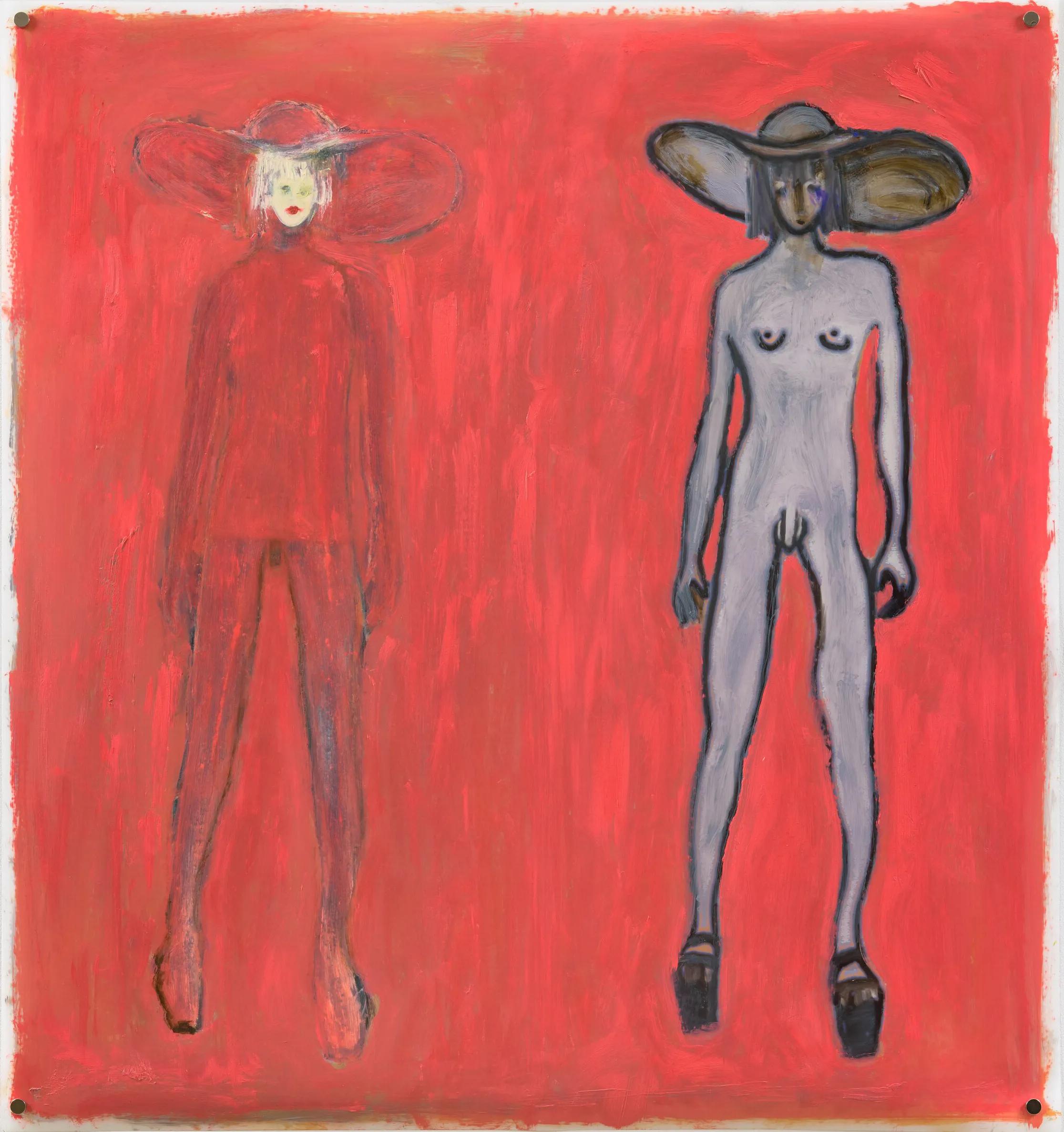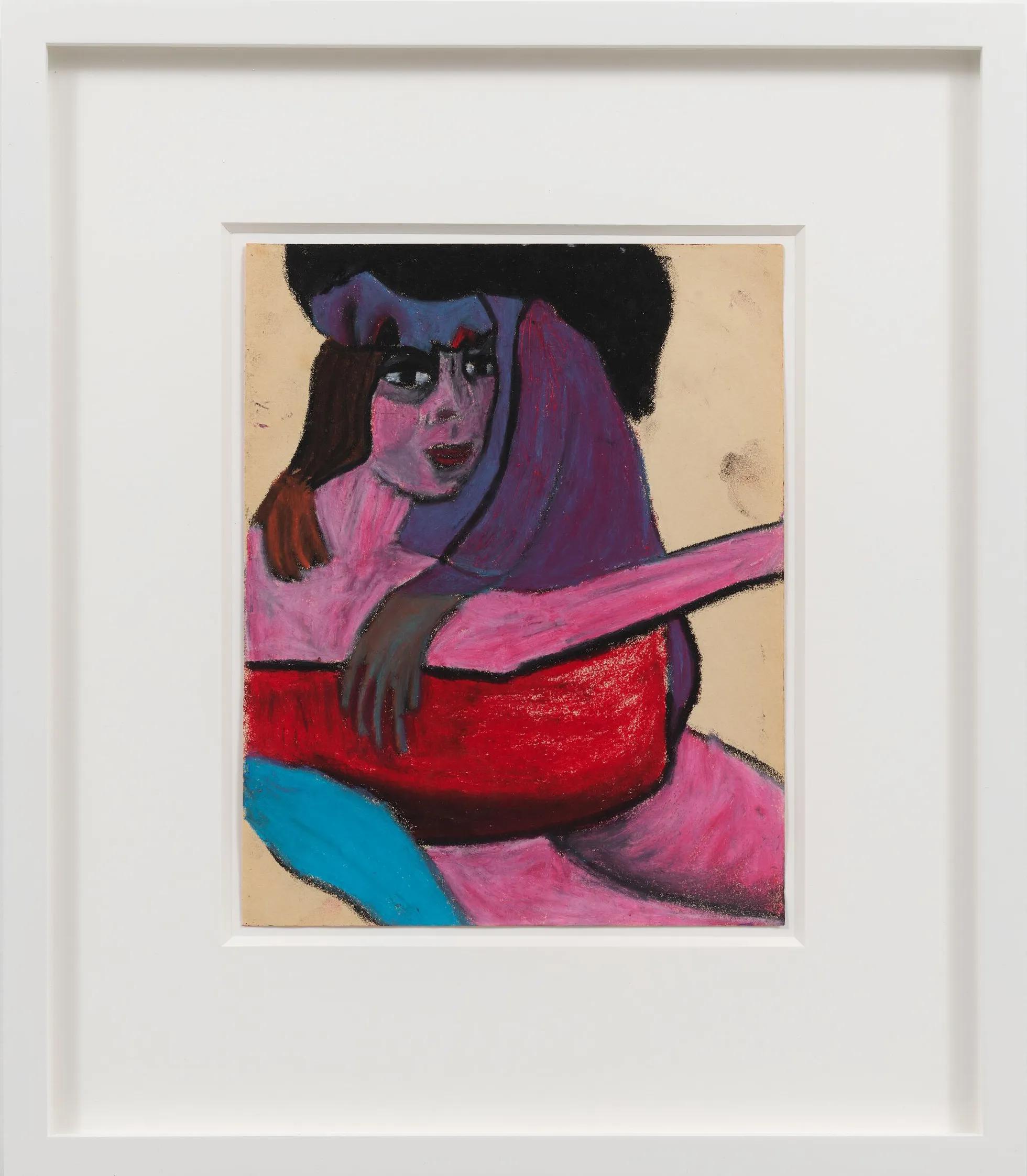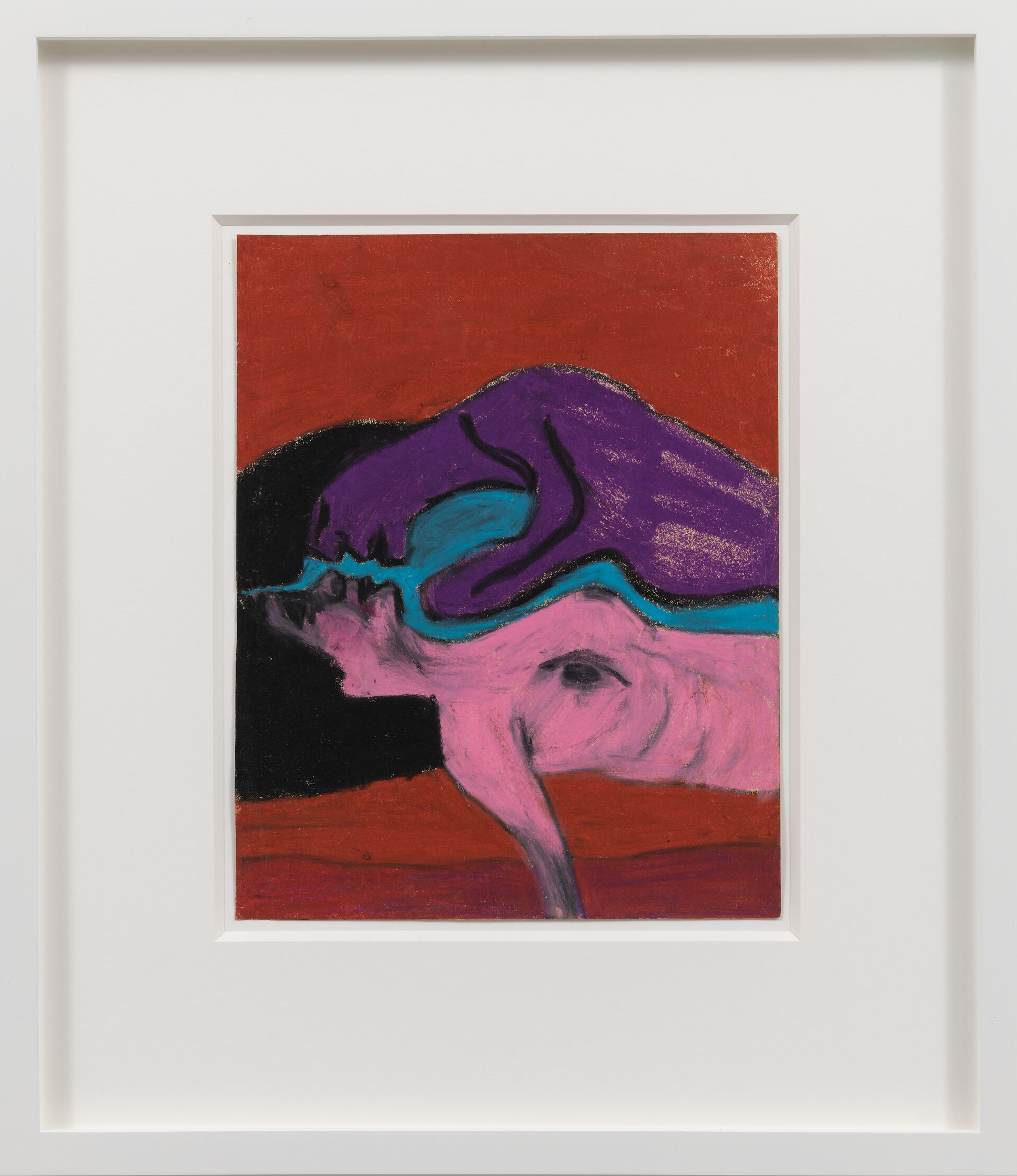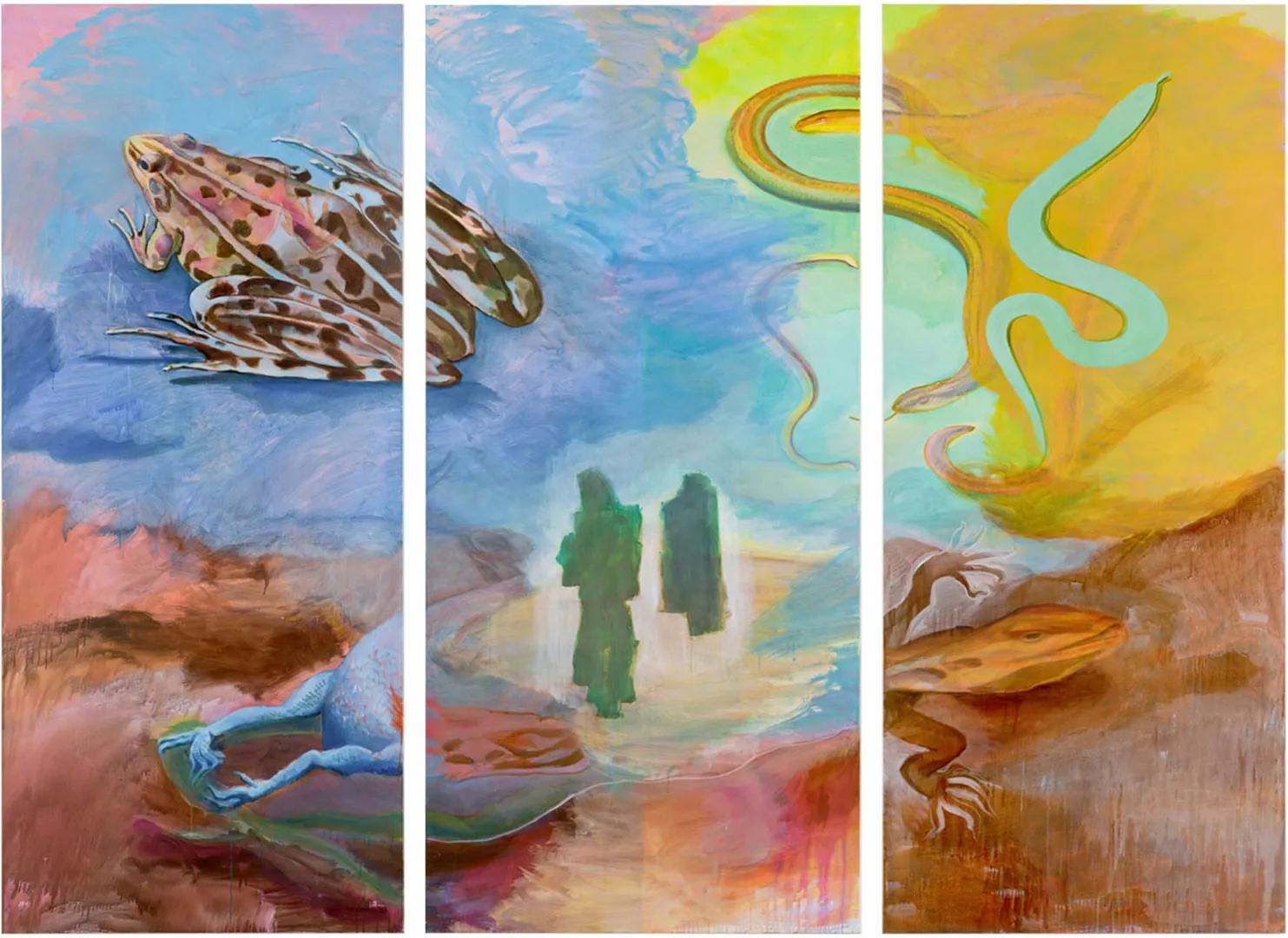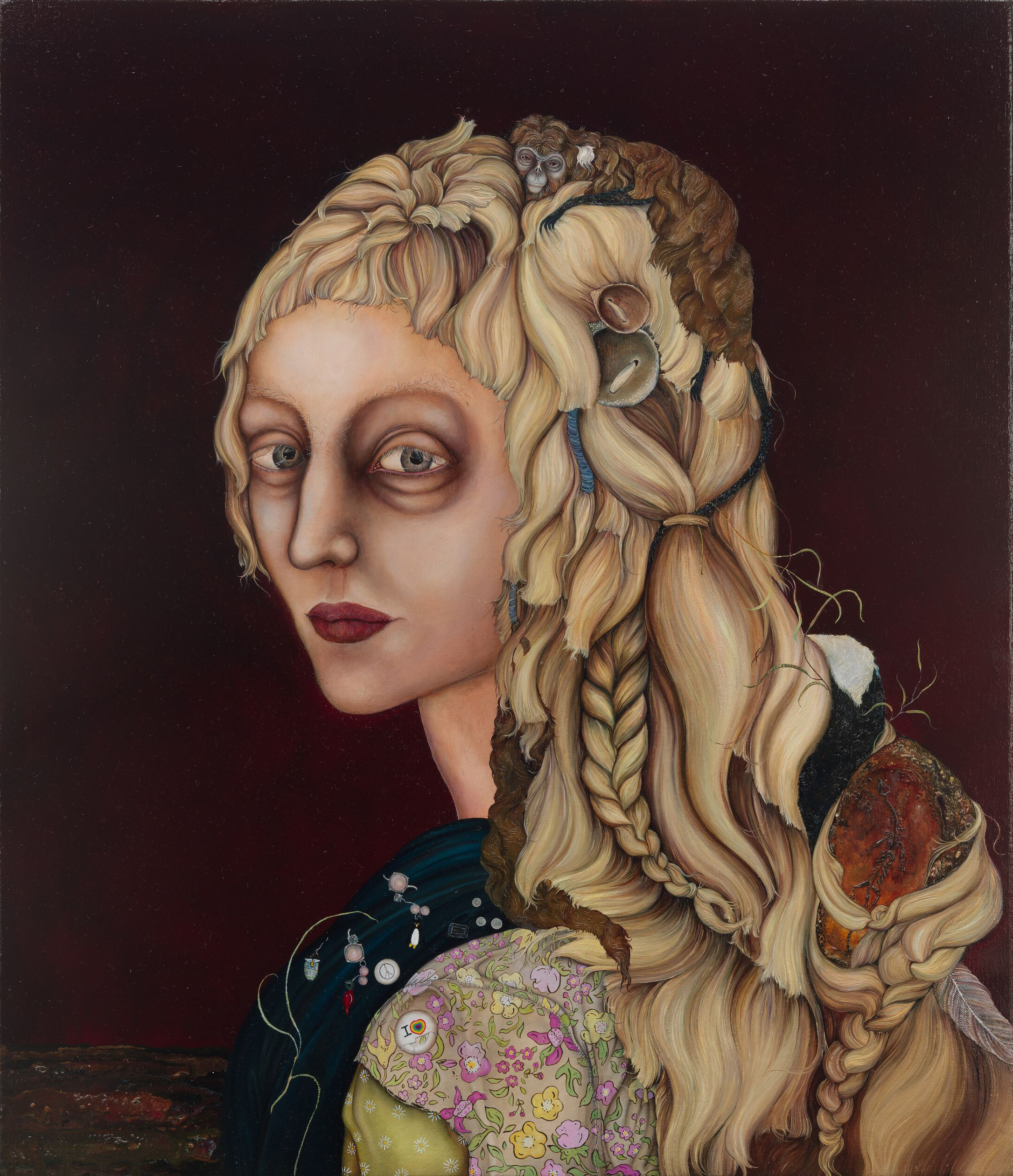In the centenary year of the founding of the Surrealist movement and the publication in October 1924 of its first manifestos by Yvan Goll and André Breton, this exhibition focuses on the legacies of Surrealism. As well as suggesting echoes and affinities in the work of artists working today, ‘Surreal Legacies’ highlights the work of earlier artists who were never formally part of Surrealism but who existed in its wider context. The influence of this movement is explored through the work of major reference figures and contemporary artists, including Ida Applebroog, Phyllida Barlow, Louise Bourgeois, Hélène Delprat, Camille Henrot, Luchita Hurtado, Cathy Josefowitz, Allison Katz, Erna Rosenstein, and Anj Smith.

ABOUT THE EXHIBITION
The exhibition concentrates on the work of women artists, a strength of the gallery’s program and within Surrealism as it developed. Although the movement began as a predominantly male group of artists, latterly the importance of women within, on the periphery of and following the Surrealist movement has been increasingly recognised. This has been identified as a transgenerational tendency, which itself proves the longer history of Surrealism and its ongoing relevance to successive generations. It connects Surrealism with feminism and later developments in contemporary art, showing this movement to have a continuing history to the present day. Additionally, it demonstrates the ongoing richness of Surrealist strategies and styles for the current moment.

Working in Paris, the birthplace of the movement, contemporary French artist Hélène Delprat evokes the work of so-called ‘dissident’ Surrealist André Masson with her punk sensibility and all-over approach to composition. Like the darker version of Surrealism forged by Masson and his associates, Delprat combines subversive wit with melancholy and even terror through her motifs and eclectic iconography.

Surrealism also informs the work of Louise Bourgeois (1911 – 2010). Upon arriving in New York from her native France in 1938, Bourgeois became part of the avant-garde scene that revolved around Julien Levy Gallery, notable for exhibiting Surrealist art, and she was involved in the wider Surrealist circles in the US, of which many of the protagonists were exiles or, like herself, émigrés from Europe. Whilst never a member of the movement itself, its impact echoes in Bourgeois’s biomorphic forms that suggest the bodily and the abject, her use of the Surrealist technique known as scraffito and strange, fantastical scenes.

Unsettling dreamlike landscapes are portrayed in the work of Erna Rosenstein (1913 – 2004). Born in Ukraine, she was raised and worked in Poland and became part of the Kraków Group, identifying with underground artists who embraced Surrealism. Having seen the Exposition Internationale du Surréalisme in Paris in 1937, her works are informed by the movement’s exploration of the repressed and its return as waking nightmares. ‘Poświata (Afterglow)’ (1968) has many meanings, from the transition between life and death to the afterglow of a nuclear event.

Luchita Hurtado (1920 – 2020) was involved in the Surrealist scene in Mexico in the 1940s, becoming close with artists including Frida Kahlo and Leonora Carrington. Her double-canvas painting from her Sky Skins series of the 1970s at once recalls those early Surrealist contacts and influences from American modernism, Feminism and indigenous culture. Works on paper by Phyllida Barlow (1944 – 2023) recall the spirit of British Surrealists, such as landscapes by Paul Nash, as well as the proto-Surrealist works of the Italian painter Giorgio de Chirico. Barlow’s eerie mise-en-scène comprise puzzling sculptural forms and dramatic light situations that heighten the sense of stillness and strangeness.

A number of the artists explore ideas of selfhood and intersubjectivity—the interchange of thoughts and feelings, both conscious and unconscious, between two persons or beings. These themes are addressed in the work of French artist Camille Henrot, including ‘Bittersweet Mimicry’ (2023), which suggests a mirroring, doubling or copying. Another work on view by Henrot, ‘Tropics of Love, the Frog’ (2015), is part of an extended series that employs imagery of couplings of vegetal, animal, human and robotic subjects, drawing on the archetype of otherness and evoking allegories of sex and desire.

New York-born, Swiss-raised artist Cathy Josefowitz (1956 – 2014) developed a deeply personal style to represent the body as an expressive vehicle of individual experience. Her brightly coloured pastels on paper populated with entwined figures, executed in the late 1970s, explore bodily relations and the mechanics of desire. Works on view by Ida Applebroog (1929 – 2023) employ the disconcerting motif of the doppelganger, a double or look alike, evoking a sense of disquiet. The double is also integral to Freud’s theory of the uncanny, referring to the revelation of that which is normally concealed and to desire, and in Applebroog’s works the figures are simultaneously clothed and naked.
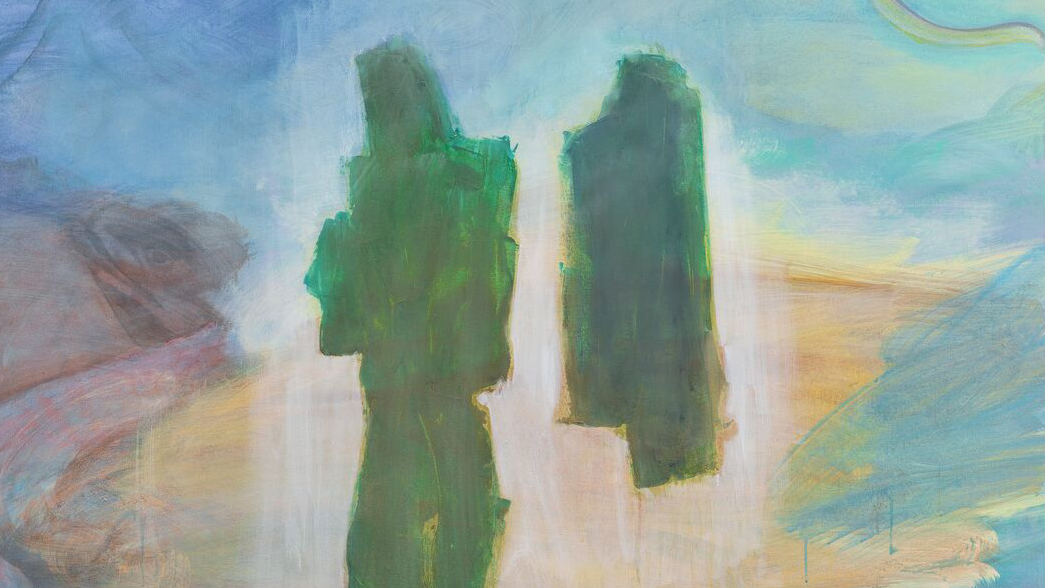
The visual lexicon tied to Surrealism’s examination of the natural world and its fascination with metamorphosis is present in the work of Allison Katz and Anj Smith. The focus on lifeforms and states of transformation or metamorphosis in Katz’s ‘Responding’ (2023) means this work shares key concerns with Surrealism, particularly through its play on form and biomorphism.

Anj Smith’s meticulously detailed paintings question the traditional genres of landscape, portraiture and still-life. Within ‘Portrait of Landscapes II’ (2012), the symbiosis between the human subject and the creatures in her hair imbues the work with a sense of incongruity, which is rooted in Smith’s deployment of abject imagery and the uncanny—aspects that can be compared with the strategies of Surrealism—but which also address contemporary concerns with the Anthropocene.
Current Exhibitions
1 / 9


